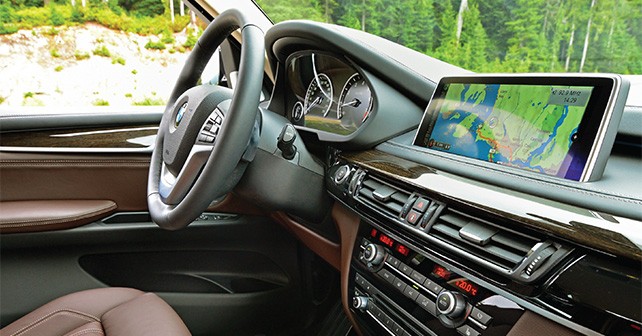
Alot of people will tell you it reveals quite a bit about what you’ve stepped into. Some swear that it’s the arbiter of quality, and it’s one of the first things I do when I hop into my latest test car. Running your fingers over the dashtop, a press here, a tap there – if there was a subject to inflame people, it’s interior plastics.
As motoring journos, we bang on ad nauseum about how well a car’s interior is built – or not, as the case may be – just by feeling everything around us. You don’t have to be trained in journalism to understand it either. A simple tap with your fingers can show whether a door trim is hollow or solid. A push with your fingertip shows whether it’s a soft-touch plastic or not. Those two methods alone can reveal most of what you need to know.
For the huge proliferation of Internet trolls who are clearly paid by car companies (or their social media team) who think that the dash in a Chevrolet Cruze is the best quality surface on the planet, there’s a good reason why it’s considered rubbish. You can hear them at their keyboards right now, “Oh, I really don’t get this obsession with soft-touch plastics. As long as it looks good, that’s the main thing, right?” Wrong. Let me explain it really simply.
Unfortunately, some cars don’t have the torsional rigidity of a bank-vault, as much as we’d like them to. Therefore, the car will flex. Build something with plastic that has the same Vickers level as a diamond, and, after a few years of moving around, the glues will have let go – the dash will have settled, and the edges of the plastic will start rubbing together. Rubbing plastics equals squeaking. And squeaking equals annoyance. Yeah, while it’s chattering away as you’re driving, it doesn’t seem so special now, does it Mr Troll?
Soft-touch plastics, a la Audi, have a bit of ‘give,’ which means when the car moves around it’s not going to start emitting the mating call of the local field mouse. A quiet car is a well-built car, in that respect. So why do Geely and Chery stick with that light-grey plastic reminiscent of a Toyota from the early ‘90’s? Cost, obviously. But it’s not as bad as you think.
The moulding process is quite expensive to begin with, but once that’s amortised over the production run, it comes down to literally cents per model. The issue is the plastic itself. A cheap dashboard panel is tens of dollars. A good one can be many times that. But factor in the cost per car, and it makes sense to invest in the higher quality fitment. Especially as you can charge more to cover it. Bean-counters are under the impression people won’t pay a bit more for a better looking interior. Let me tell you, they will.
Just look at the quality leap from Kia and Hyundai over the past few years. Couple that with its stunning exterior designs and it’s a recipe for success.
Here’s a lesson to manufacturers. Stop making rock-hard interiors, which feel like they’ve used plastics from old aircraft tray tables. Use heat resistant adhesives, which prevent the roof lining from sagging. Surround air vents with real metal, and don’t call painted black plastic ‘piano black’ – it’s not ebony, after all.
Surely achieving higher quality will only lead to more sales and increased brand awareness. As the old adage goes, you get what you pay for. So, spend a few more dollars upping the quality of the car.
That way, people will get what they want to pay for.























Write your Comment